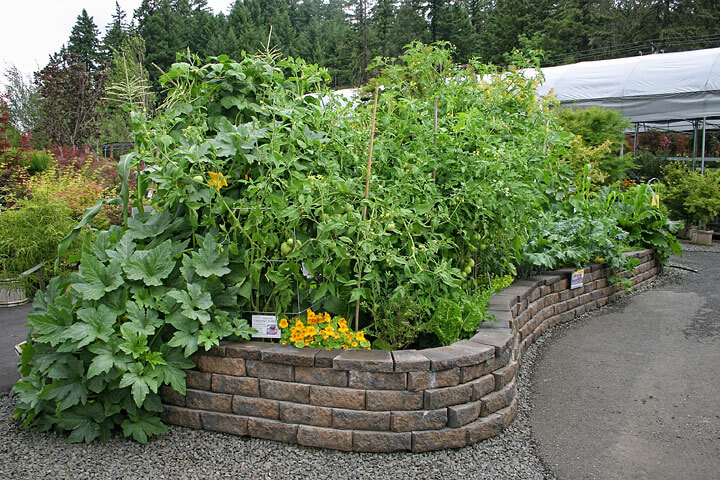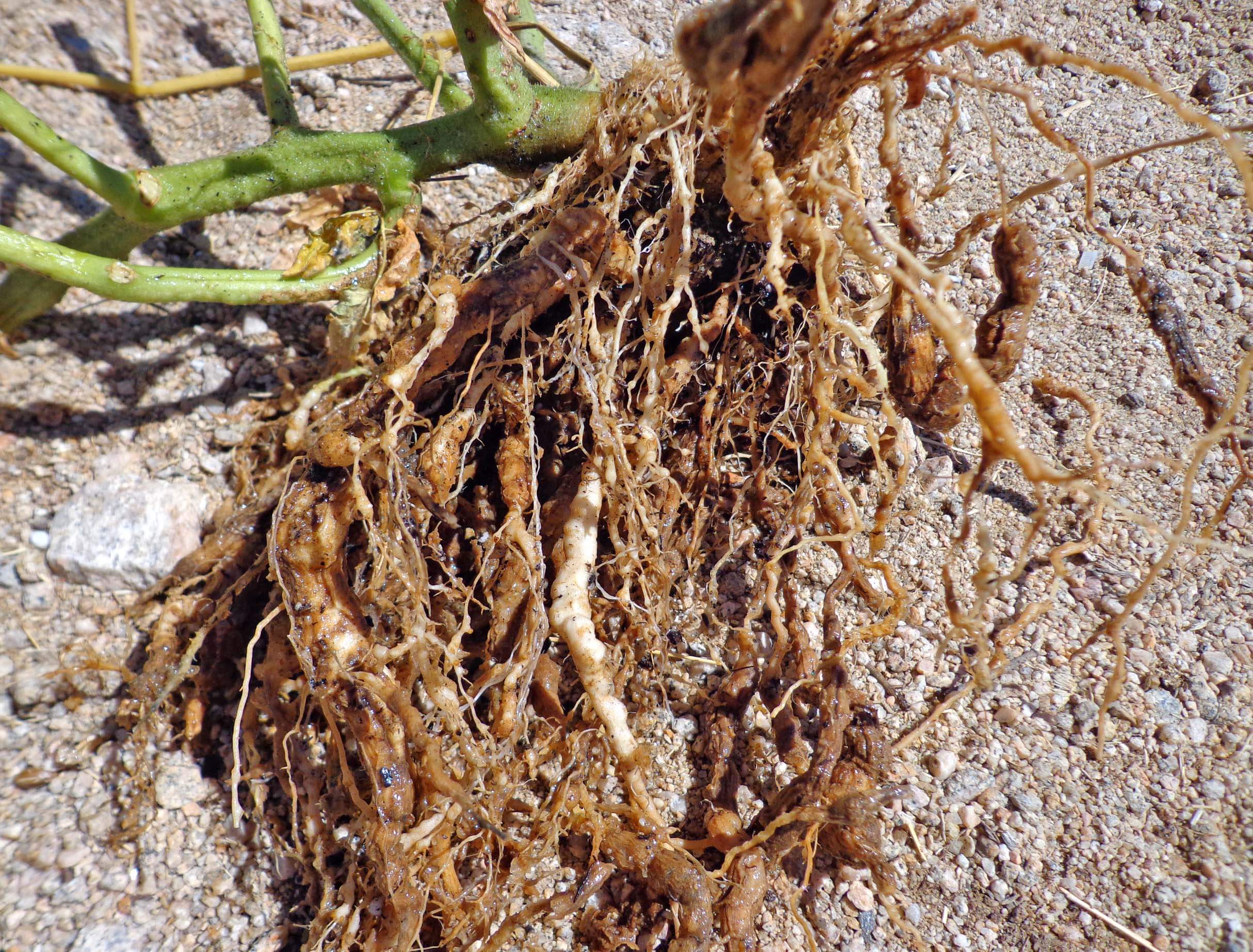
Mothers always admonish us “not to hang out the dirty laundry”, which is code speak for keeping unpleasant family secrets out of neighborhood gossip. This same problem is afflicting the raised bed garden world where nobody wants to hear the downside of these tiny plots of food plants. At the heart of it is the very old concept of crop rotation. Even the ancients knew that crops grown in the same place year after year developed big problems without rotation.
Why Rotate Crops?
The science is quite simple because diseases and pests can accumulate every year you cultivate a small vegetable garden. It may not be visible the first or even the second year, but by year three it can strike with a vengeance. This is how long it takes for your soil to foster a killer dose of pests and pathogens.
Imagine a 4-foot-by-8-foot planting area (the size of a typical raised bed) that you grow tomatoes in year after year. A mature tomato can occupy half that square footage, with its roots fanning out over the area underground. To properly rotate your crops, you must not grow tomatoes in the same place you did the previous year. In this case, the only choice is to plant on the opposite end of the raised bed. That leaves only two possible spots for the tomatoes.
Farmers know to rotate their fields over four years to ensure healthy crops. That’s four entirely different growing areas for crops in the course of four years; three years with the crop being grown in a different spot and a fourth year for a given growing area to lay fallow to “rest”. But farmers have space for rotation. What about home gardeners working within the confines to small raised beds? Without sufficient space for rotation, the results can be devastating.

For example, a microscopic pest called root-knot nematode often strikes when tomatoes are grown in the same location or very close-by year after year. This pest is invisible to the eye and is common to most soils but present in such small numbers that it doesn’t cause serious problems. But when tomato crops are not rotated, these nematodes multiply to fatal proportions. As a result, tomato plants begin to turn yellow and die because too many nematodes have invaded their roots. No matter how much you water or fertilize, nothing will change this downward spiral.
You won’t know the cause until you pull up an ailing or recently deceased plant to see first hand what the roots look like. Root-knot-nematode-infected roots look bizarrely knotted and swollen and are obviously unable to support the plant. As tomato fruits mature and heat stimulates growth, the plants can’t keep up. There is no cure for badly infected plants, and fear of this organism is why gardeners often plant big African marigolds (Tagetes erecta) around food plants because it is known to discourages nematode populations.
Replace Old Soil
Rotation is key, but soil replacement can also work wonders towards keeping raised bed problems at bay. Replacing your garden or potting soil with fresh every other year will help discourage the accumulation of diseases and pests, such as the root-knot nematode. Quality garden soil like Black Gold Garden Soil is rich, fertile, and fresh. It reduces the need to rotate crops, will fortify your garden to increase yields, and rid your raised bed of “dirty laundry” that could mean the downfall of your summer garden plantings.
The more cautious your are about ensuring healthy soil for your raised garden, the better. For example, if you move into a new home with an existing raised garden, it’s best to assume its potting soil is nutritionally exhausted and that crop rotation has not occurred. Plus, it’s just a good idea to replace the soil anyway because the removal process may give you clues to other problems, like drainage or the presence of aggressive underground grass roots. Excavation will help you discover if there are problems lurking below.
Small gardens don’t have to be hotbeds of pests and diseases, if you know how to compensate with rotation and garden soil replenishment. Rotate your crops liberally (preferably on a 4-year cycle), replace old, spent soil, and reap the harvest!
